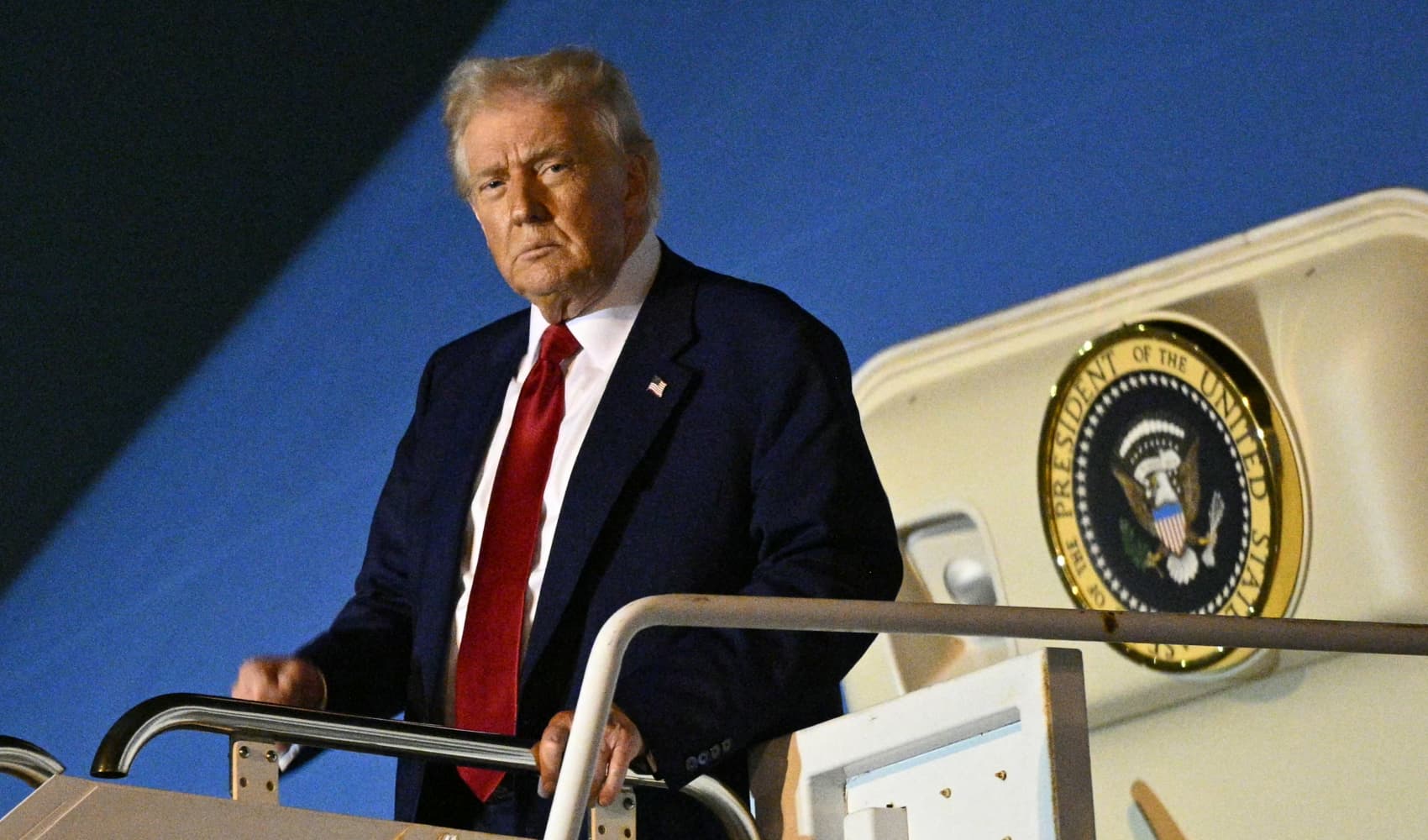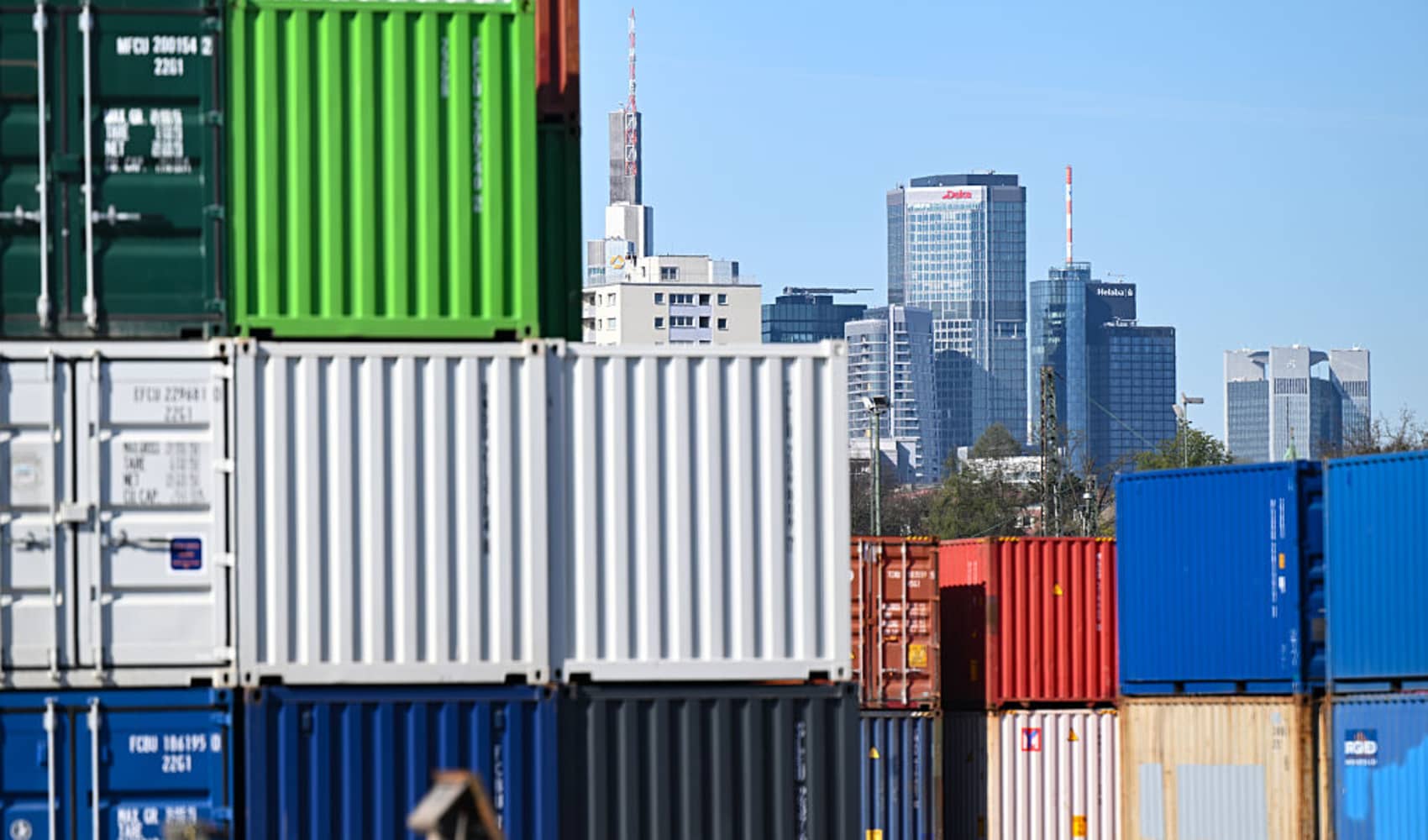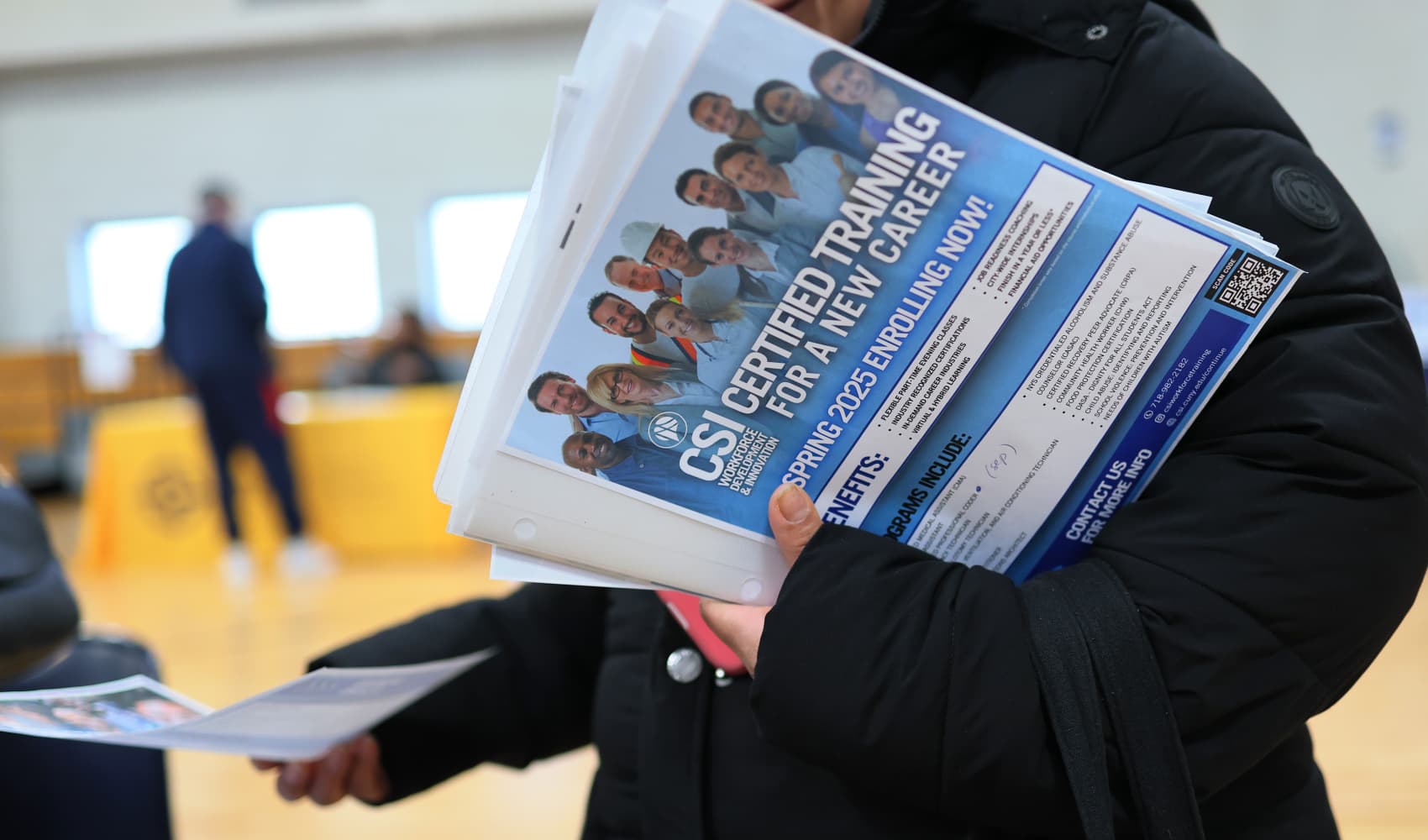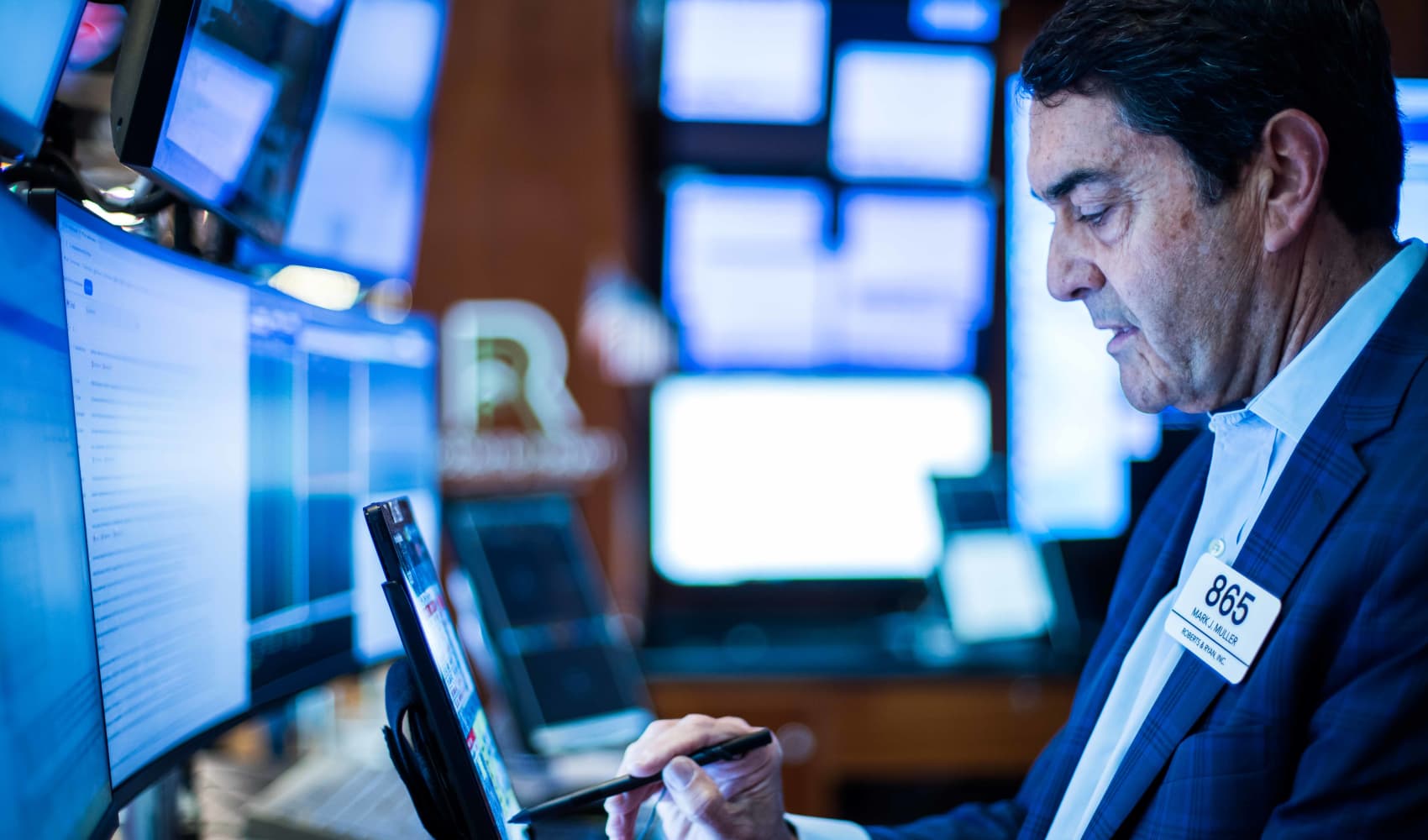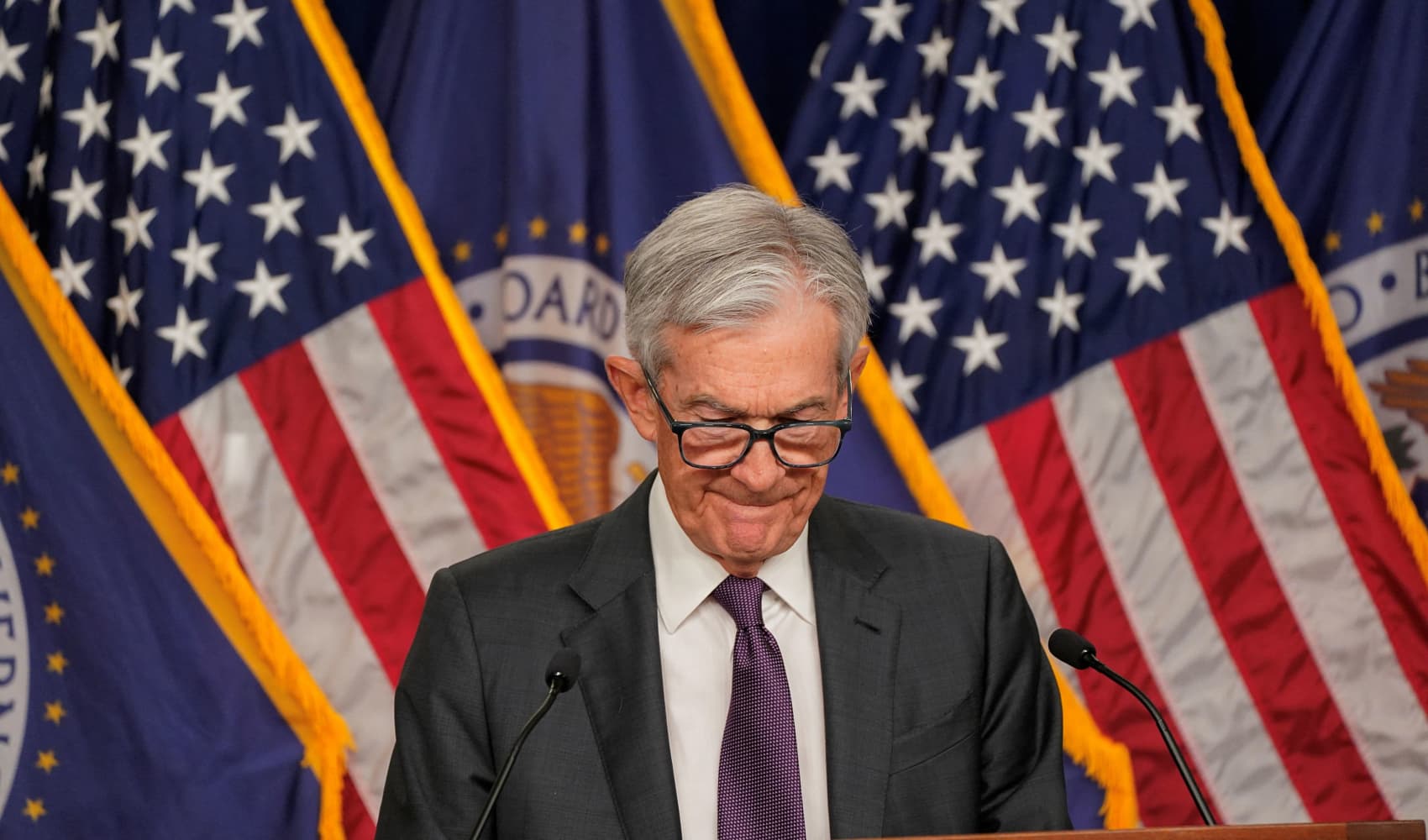Consumer Confidence Plummets: Recession on the Horizon?
Consumer Confidence Crumbles: Is a Recession Looming?
Introduction: The Economic Weather Report Just Got Cloudy
Brace yourselves, folks, because the economic weather report just took a turn for the worse. The latest Conference Board survey paints a picture of consumer confidence that’s decidedly gloomy, hitting levels we haven’t seen since 2011. Think of it like this: consumer confidence is the fuel that keeps the economic engine running. When that fuel starts to run low, the engine sputters. But what’s causing this sudden drop in confidence? And more importantly, what does it mean for you and your wallet?
Conference Board Survey: A Deep Dive into the Numbers
Let's break down the numbers. The Conference Board's Consumer Confidence Index, a key gauge of how optimistic or pessimistic consumers are about the economy, plummeted to 86. That's a significant drop of 7.9 points from the previous month and below the Dow Jones estimate. It's like watching your favorite stock suddenly take a nosedive – not a pretty sight.
Expectations Index: The Future Doesn't Look So Bright
Perhaps even more concerning is the board's Expectations Index, which measures how consumers view the next six months. This index tumbled to 54.4, a decline of 12.5 points and the lowest reading since October 2011. Think of this as the economic weather forecast – and it’s predicting a storm. Are consumers feeling nervous about their jobs? Are they worried about inflation? The answer, it seems, is a resounding yes.
Tariff Fears: The Elephant in the Room
So, what's behind this drop in consumer confidence? While there are likely several factors at play, tariff fears seem to be a major culprit. Tariffs, essentially taxes on imported goods, can increase prices for consumers and businesses alike. This, in turn, can lead to decreased spending and slower economic growth. It's like a pebble thrown into a pond – the ripple effects can be significant.
Employment Postings: Another Red Flag
Adding fuel to the fire, the Bureau of Labor Statistics recently reported that employment postings in March fell to their lowest level since September 2024. This suggests that companies are becoming more cautious about hiring, a sign that they may be anticipating a slowdown in the economy. Imagine trying to find a parking spot only to discover the lot is almost empty – that's the feeling of a shrinking job market.
The Present Situation: How Consumers Perceive Things Now
Consumer attitudes about the present situation have also dimmed. This part of the index reflects how consumers feel about current business conditions and the labor market. Are people feeling secure in their jobs? Are they confident in the economy's ability to sustain growth? The answer, judging by the data, is increasingly no.
The Near Future: What's on the Horizon?
The concerns about the near future are even more pronounced. The Expectations Index paints a bleak picture, suggesting that consumers are worried about what the next six months hold. This anxiety can lead to reduced spending and investment, further exacerbating the economic slowdown. It’s a self-fulfilling prophecy, in a way. The more worried people are, the less they spend, and the slower the economy grows.
Recession Watch: Are We Headed for a Downturn?
The million-dollar question: does this drop in consumer confidence signal a recession? While it's impossible to say for sure, it's certainly a cause for concern. Consumer spending accounts for a significant portion of the U.S. economy, so a decline in confidence can have a ripple effect throughout the entire system.
Historical Context: Echoes of the Past
The fact that the Expectations Index has fallen to levels not seen since 2011, around the time of the global financial crisis, is particularly alarming. While the current situation is different in many ways, the parallels are undeniable. Are we on the verge of another major economic downturn? Only time will tell.
The Impact on Businesses: Tightening the Belts
Businesses are undoubtedly paying close attention to these economic indicators. A decline in consumer confidence often leads to reduced spending, which in turn can impact companies' bottom lines. Expect to see businesses tightening their belts, cutting costs, and potentially delaying investments. It’s like a squirrel preparing for winter – hoarding resources and bracing for the cold.
What Can Consumers Do? Smart Strategies for Uncertain Times
So, what can consumers do in the face of this economic uncertainty? It's time to get financially savvy and prepare for potential challenges. Consider the following strategies:
- Review your budget: Identify areas where you can cut back on spending.
- Build an emergency fund: Having a financial cushion can provide peace of mind.
- Pay down debt: Reducing your debt burden can free up cash flow.
- Diversify your investments: Don't put all your eggs in one basket.
- Stay informed: Keep up with economic news and developments.
Government Response: Will Policymakers Step In?
The government's response to this economic slowdown will be crucial. Policymakers may consider measures such as tax cuts, infrastructure spending, or monetary policy adjustments to stimulate the economy. Will they act quickly and decisively? That remains to be seen.
The Global Perspective: Are Other Economies Affected?
The U.S. economy is interconnected with the global economy, so a slowdown in consumer confidence here can have ripple effects around the world. Other countries that rely heavily on U.S. consumer spending may also experience economic challenges. It’s like a network of dominoes – when one falls, others are likely to follow.
The Role of Media: Shaping the Narrative
The media plays a significant role in shaping consumer sentiment. Negative headlines and pessimistic forecasts can exacerbate fears and contribute to a decline in confidence. It's important to consume news from a variety of sources and avoid getting caught up in the hype. Be a discerning consumer of information.
Long-Term Outlook: Staying Positive in the Face of Uncertainty
While the current economic outlook may seem gloomy, it's important to maintain a long-term perspective. Economies are cyclical, and downturns are often followed by periods of growth. By taking proactive steps to manage your finances and stay informed, you can weather the storm and emerge stronger on the other side. Remember, every dark cloud has a silver lining.
Conclusion: Navigating the Economic Landscape
The recent drop in consumer confidence is a clear sign that the economic landscape is becoming more uncertain. Tariff fears, declining employment postings, and overall pessimism about the future are all contributing factors. While it's impossible to predict the future with certainty, consumers and businesses alike should prepare for potential challenges and take steps to mitigate their risks. Staying informed, being financially responsible, and maintaining a long-term perspective are key to navigating these uncertain times. Let’s hope for brighter economic days ahead!
Frequently Asked Questions (FAQs)
Here are some frequently asked questions to help you better understand the current economic situation:
- What exactly is the Consumer Confidence Index?
The Consumer Confidence Index is a monthly survey conducted by The Conference Board that measures how optimistic or pessimistic consumers are about the economy and their financial situations. It's based on their perceptions of current business and labor market conditions, as well as their expectations for the next six months.
- How do tariffs impact consumer confidence?
Tariffs, which are taxes on imported goods, can increase prices for consumers and businesses. This can lead to reduced spending, slower economic growth, and increased uncertainty, all of which can negatively impact consumer confidence.
- What does a low Expectations Index reading mean?
A low Expectations Index reading suggests that consumers are worried about the future of the economy and their own financial prospects. This can lead to reduced spending and investment, which can further slow down economic growth.
- What are some signs that a recession might be coming?
Some signs that a recession might be coming include a decline in consumer confidence, a drop in employment postings, a slowdown in economic growth, and an increase in unemployment. No single indicator is foolproof, but a combination of these factors can be a warning sign.
- What steps can I take to protect my finances during an economic downturn?
During an economic downturn, it's important to review your budget, build an emergency fund, pay down debt, diversify your investments, and stay informed about economic news and developments. Taking these steps can help you weather the storm and emerge stronger on the other side.

